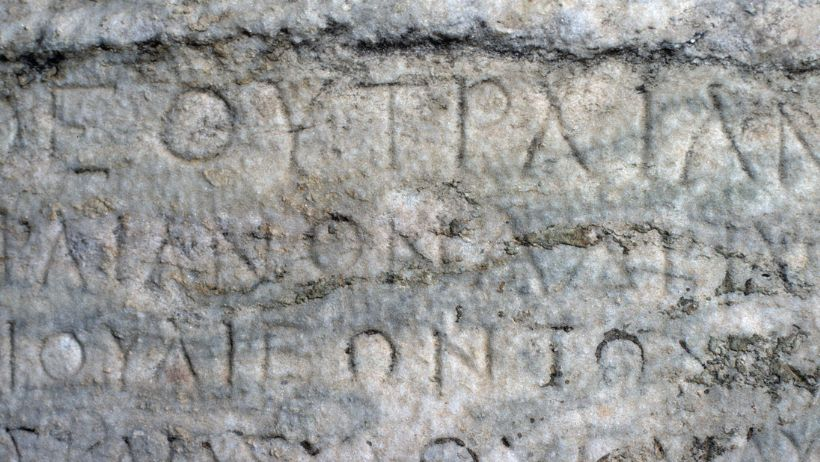Ancient Greece
What was considered beautiful in Ancient Greece? What do historical texts reveal about beauty standards of the time? Would you have been seen as attractive back then?
Here are 15 intriguing facts to help us unravel the mystery of ancient Greek beauty ideals.
1. Beauty Was Highly Valued
In Ancient Greece, beauty was important for both men and women. But who actually met the era’s beauty standards, and how different were they from today’s?
2. A Subject of Art and Philosophy
The emphasis on physical beauty is evident in the extensive artistic depictions of the human form and the philosophical discussions about aesthetics in ancient texts.
3. Beauty and Morality Were Intertwined
Ancient Greeks believed that physical beauty was closely linked to inner virtue. It was commonly thought that attractive individuals were also morally good, while those deemed "ugly" were assumed to have a flawed character.
The Concept of Beauty in Ancient Greece
4. The Ideal Man: "Kalos Kagathos"
In Greek society, attractive individuals—especially men—were often described as "kalos kagathos", a term combining kalos (beautiful) and agathos (virtuous or good).
5. Female Beauty: A More Complex Matter
For women, beauty came with complications. In Greek mythology and literature, exceptionally beautiful women were often portrayed as morally ambiguous or even dangerous.
6. Helen of Troy: The Ultimate Example
Helen of Troy, said to be the most beautiful woman in the world, is a prime example. Despite her legendary beauty, ancient texts do not always portray her in a favorable light, as her elopement with Paris led to the Trojan War.
7. The "Beautiful Evil"
The Greek poet Hesiod famously described the first woman, Pandora, as "kalon kakon"—a "beautiful evil"—in his work Theogony, highlighting the suspicion surrounding female beauty.
8. The Science of Beauty
Ancient Greek philosophers, mathematicians, and artists studied beauty extensively. Pythagoras, for instance, introduced the Golden Ratio, linking symmetry to aesthetic appeal.
Ancient Greek Beauty Trends
9. The Unibrow: A Mark of Perfection
Symmetry was so prized that even a unibrow was considered a sign of beauty. Those lacking one often used soot or charcoal to fill in the gap.
10. Beauty Standards That Still Resonate
While some ancient ideals (like the unibrow) may seem odd today, others—such as a preference for symmetrical facial features—remain relevant.
11. Ancient Beauty Contests
Beauty competitions, known as "kallisteia", were common in Ancient Greece, mainly for men. However, records suggest that women also participated in such contests on the islands of Lesbos and Tenedos.
12. Beauty and the Olympic Games
These contests were often linked to the Olympic Games, either coinciding with them or taking place in the same venues.
What Did the Ideal Greek Look Like?
13. The Perfect Man
The Greek ideal for men emphasized a well-proportioned, muscular physique with toned muscles and minimal body fat. Red-blond hair, full lips, and sun-kissed skin were also considered attractive traits.
14. The Perfect Woman
For women, curvier figures were preferred, including fuller hips and a slight belly—a small pouch of fat below the navel was even seen as a desirable feature.
15. Fair Skin and Natural Cosmetics
Despite Greece’s sunny climate, pale skin was prized. Women used white makeup (often containing lead, despite its toxicity) to maintain a fair complexion. Natural ingredients like beetroot and berries were used for blush and lipstick, while blue eyes and red-blond hair were especially admired for their rarity.
Ancient Greek beauty ideals may seem distant from modern standards, yet some elements—like symmetry, toned physiques, and radiant skin—continue to define attractiveness today. Would you have been considered beautiful in Ancient Greece?












































